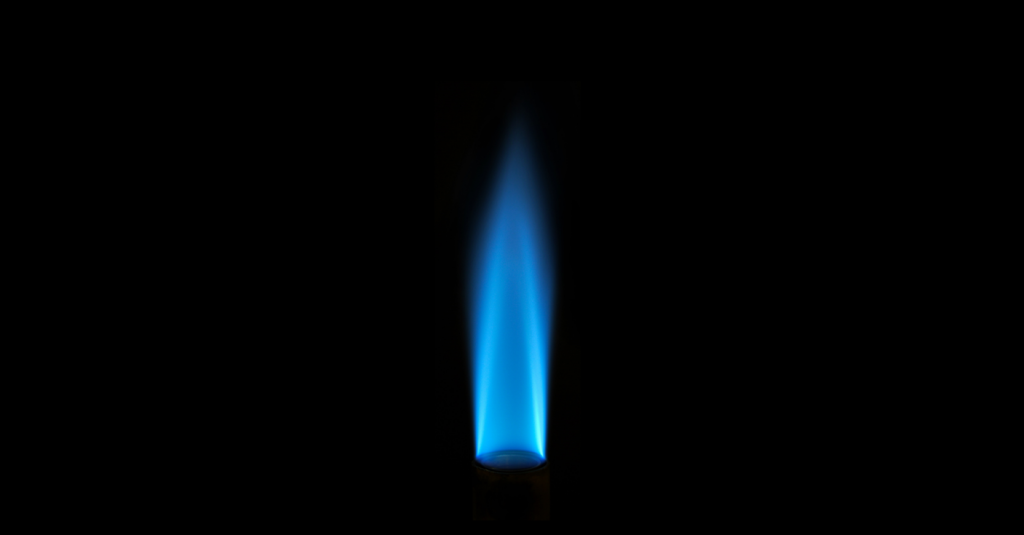Chaobo Yang, Hao Tang, Gaetano Magnotti
Optics Letters 45
Introduction
Multichannel imaging of 1D Raman spectra in burst acquisition modes allows researchers to better understand the processes in combustion flames.
Understanding combustion processes requires understanding of behavior of molecules in flames, which is characterized by parameters such as temperature and molecular concentration for different locations in the combustion flame. Raman scattering is a commonly used technique for these measurements it is non-intrusive and can identify different kinds of molecules, however Raman signals are relatively weak due to the low Raman scattering cross sections.
To circumvent this problem researchers around Gaetano Magnotti from King Abdullah University of Science and Technology developed a measurement setup using a high intensity pulse-burst laser system and highly sensitive EMCCD cameras to measure Raman scattering of all molecular species in a hydrogen-air flame simultaneously. Their dynamic 1D Raman measurement setup is able to determine the molecule concentration and temperature at different positions in the flame and measure their dynamics on millisecond timescales.
The pulse burst laser system is able to output short trains of pulses at kHz rates and pulse width in the nanosecond range. When focused into the combustion region the high energy per pulse of this system produces Raman signals sufficiently large for detection with back-illuminated EMCCD cameras.

Individual molecule species are addressed by use of a separate camera for each species, so a total of 4 cameras are being used to monitor the Raman signals of hydrogen, oxygen, nitrogen and water. The optical signal is separated by wavelength using a modular system of bandpass filters and dichroic mirrors (which could be expanded to monitor the 7 major molecular species in methane-air flames).
For detection a Princeton Instruments ProEM-HS EMCCD camera is used per channel. The researchers note that the use of direct imaging with a back-illuminated CCD increases the signal to noise ratio and image quality of their observations.
To measure the dynamic behavior of the combustion flame the experiment operates the laser at 5kHz repetition rate and uses a special burst operation mode, called kinetics, of the ProEM-HS camera that is able to quickly shift signal across the sensor. To operate in this mode, the researchers introduce a slit in the optical system that acts as a spatial filter so only a few rows of the camera sensor are being illuminated. In this way the camera can be operated at twice the laser frequency at 10kHz. One frame is synchronized with the laser pulse and contains the Raman signal and luminescent flame background. The next frame only contains luminescent flame background that can be subtracted from each signal frame.
The researchers conclude that using this system they were able to measure combustion parameters with “precision and accuracy comparable with the widely used low-speed Raman system”, however using kHz acquisition rates.

